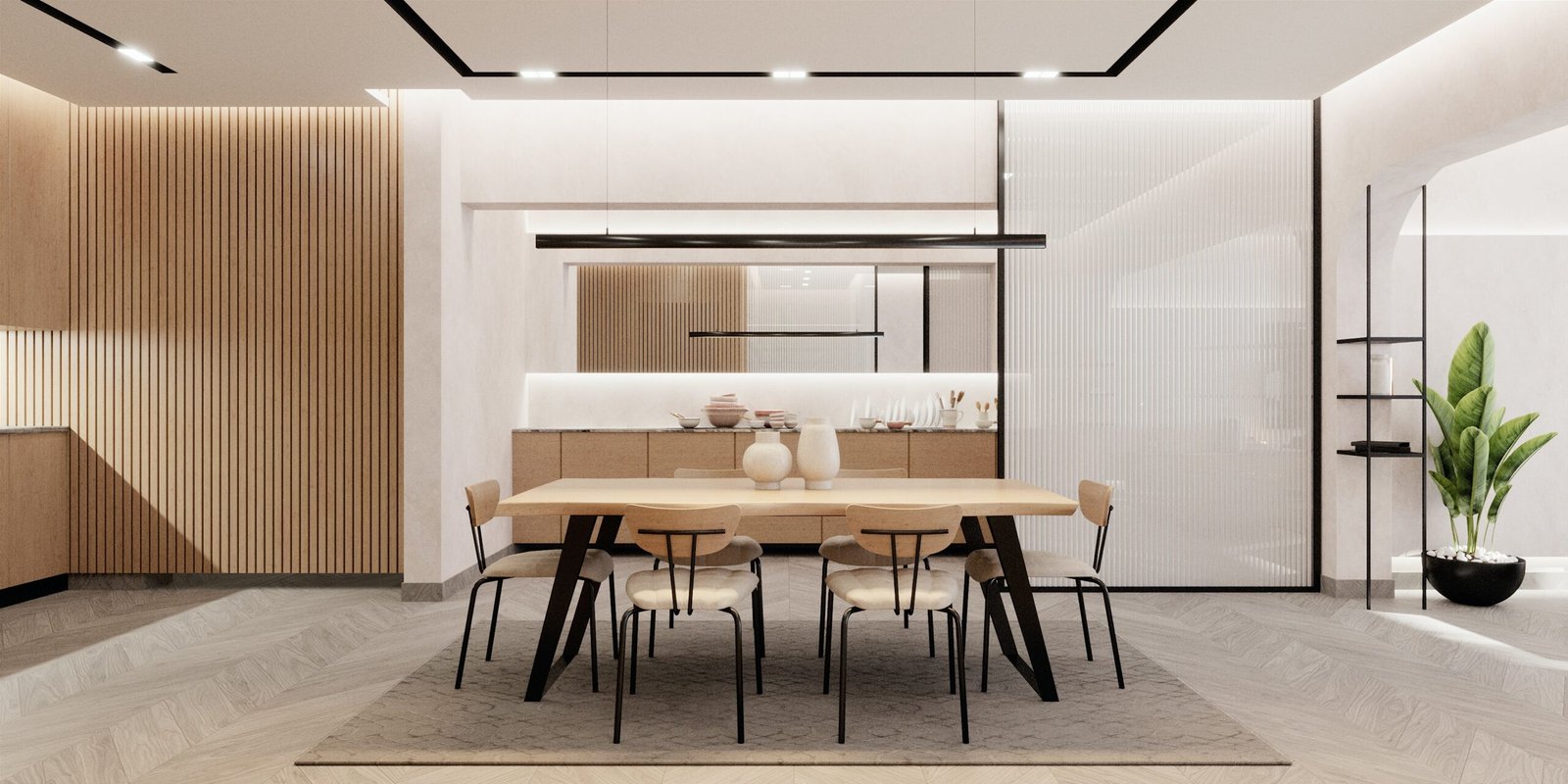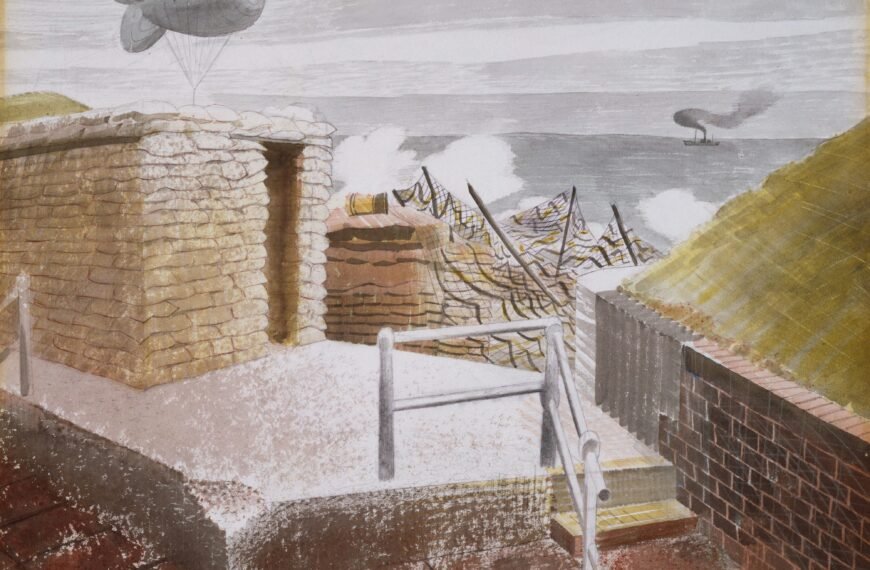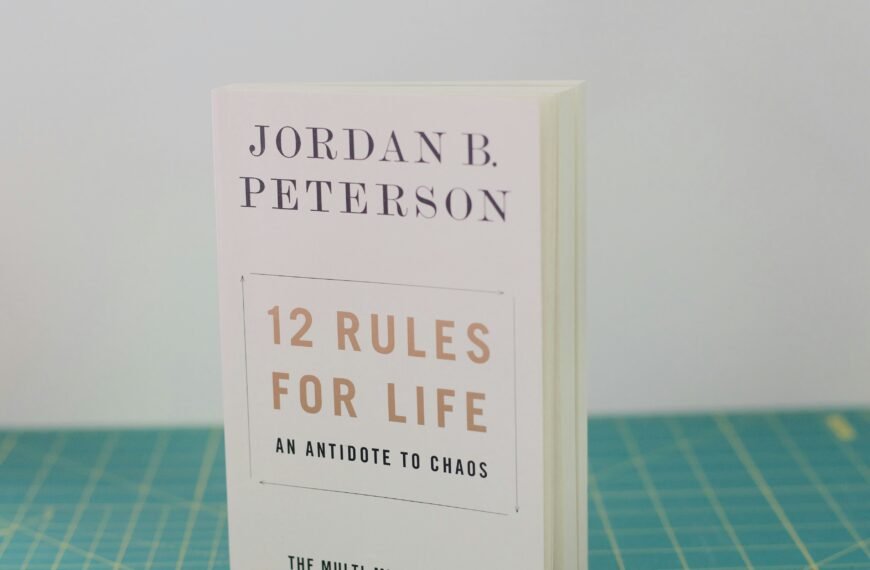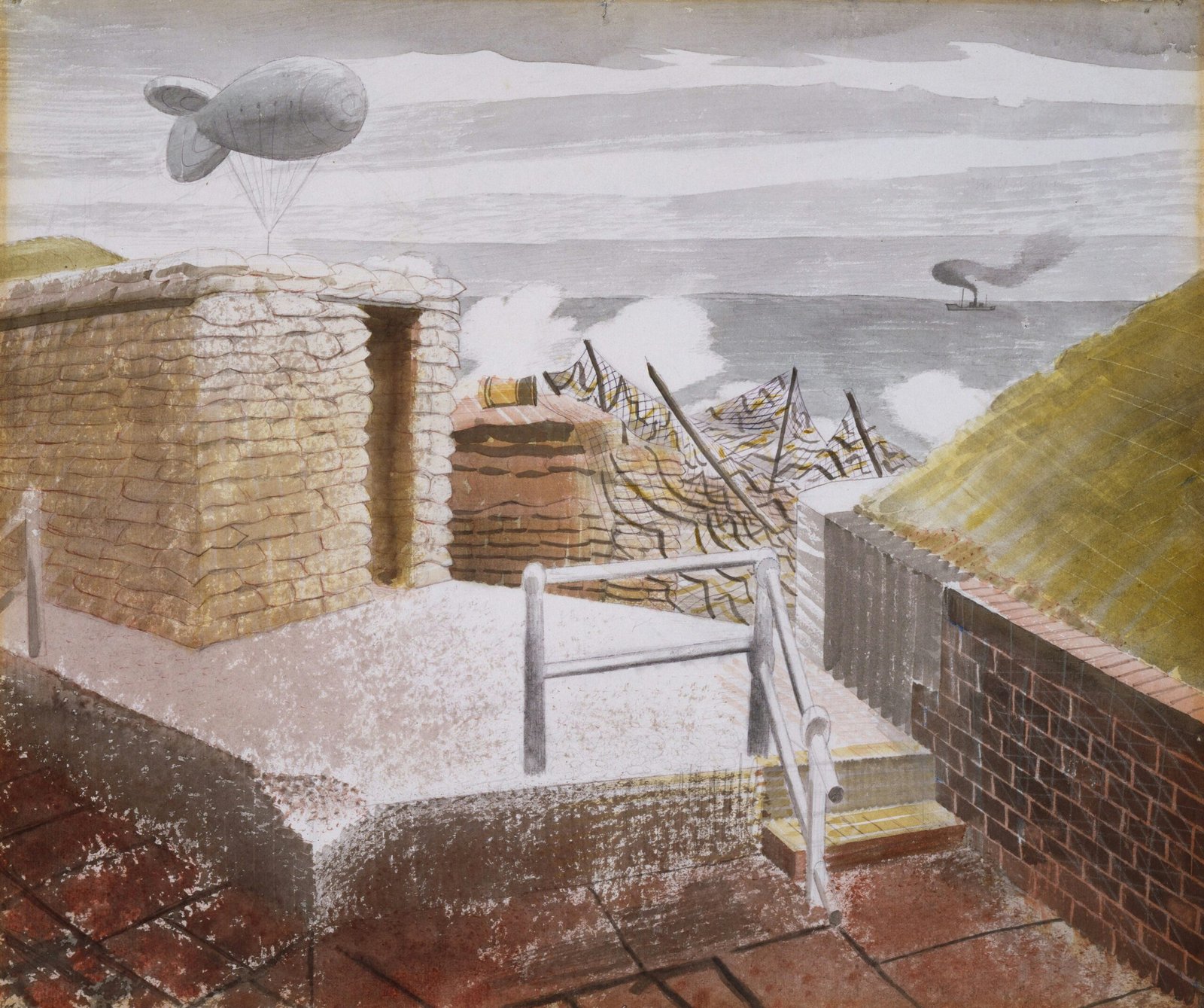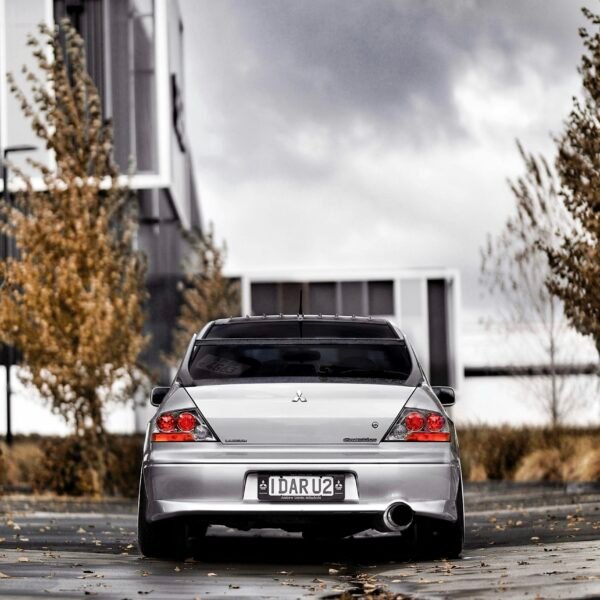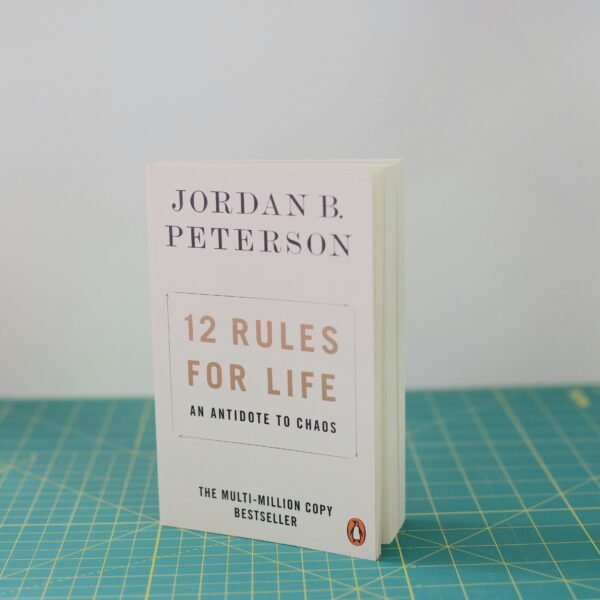The Metropolitan Museum of Art has chosen three international artists for its 2024 art commissions, celebrating the capacity of contemporary art for “earned optimism.” Petrit Halilaj from Kosovo will create a meditation on conflict in the museum’s Roof Garden, Lee Bul from South Korea will transform the Fifth Avenue facade with futuristic statues, and Tong Yang-Tze from Taiwan will design two new works of calligraphy for the Great Hall. These commissions reflect the museum’s commitment to communication, critique, and optimism in art, and highlight the diverse voices and perspectives of artists from around the world. With these exciting projects, the Met continues to push boundaries and engage visitors in meaningful artistic experiences.
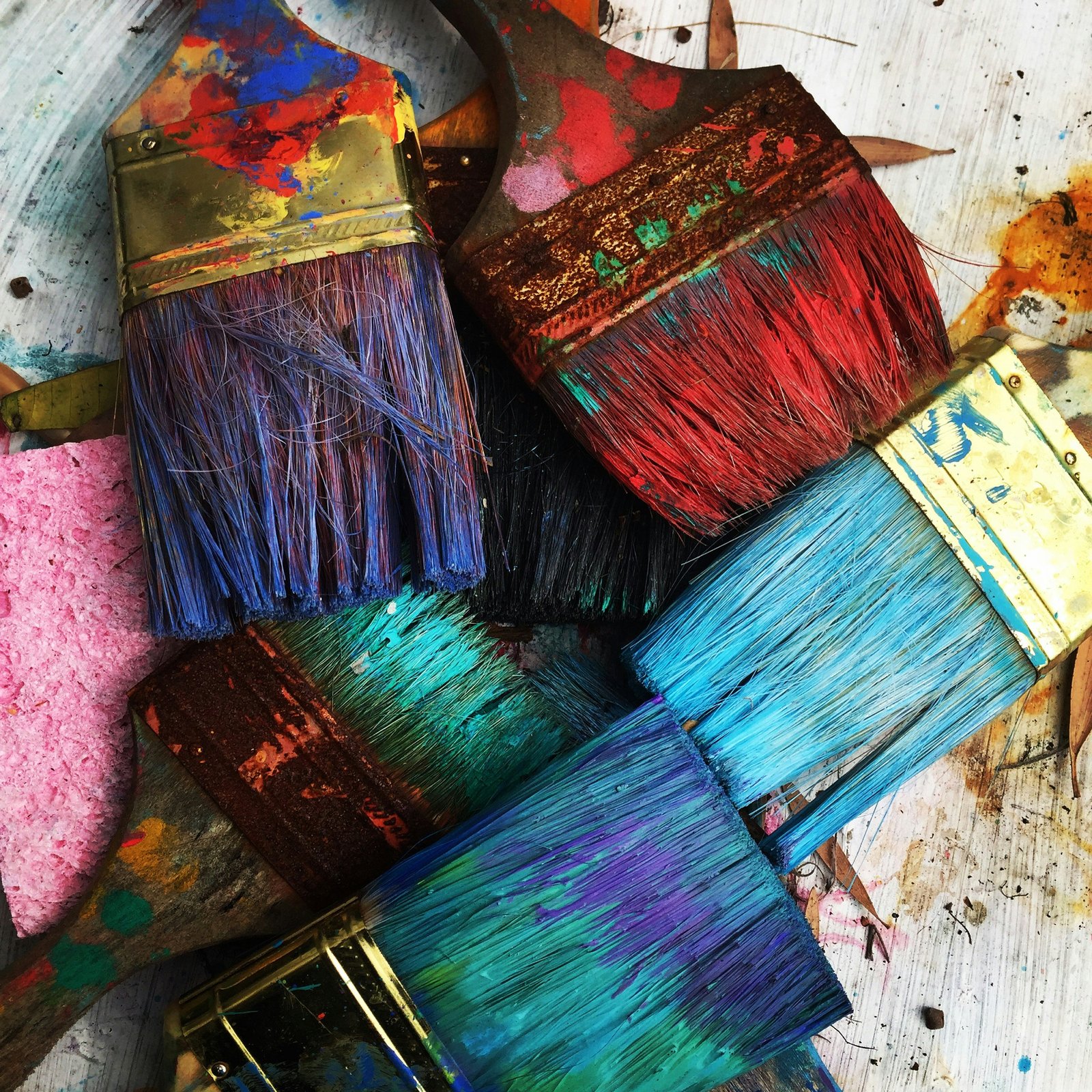
Introduction
The Metropolitan Museum of Art has announced its selection of three international artists for its 2024 art commissions. These commissions aim to showcase contemporary art’s capacity for “earned optimism.” The chosen artists will bring their unique perspectives, themes, and concepts to different areas of the museum, including the facade, roof garden, and great hall. With their diverse backgrounds and artistic styles, these artists are expected to create stunning and thought-provoking installations that will captivate visitors and contribute to the ongoing dialogue in the art world.
Selected Artists
The Met has chosen three renowned artists for its 2024 commissions. Petrit Halilaj, a artist from Kosovo, will be taking over the museum’s Roof Garden in April. Lee Bul, a sculptor from South Korea, will transform the facade in September. Tong Yang-Tze, an artist from Taiwan, will design new works of calligraphy for the Great Hall in November. Each of these artists brings a unique perspective and artistic approach that will contribute to the overall theme of “earned optimism” in contemporary art.
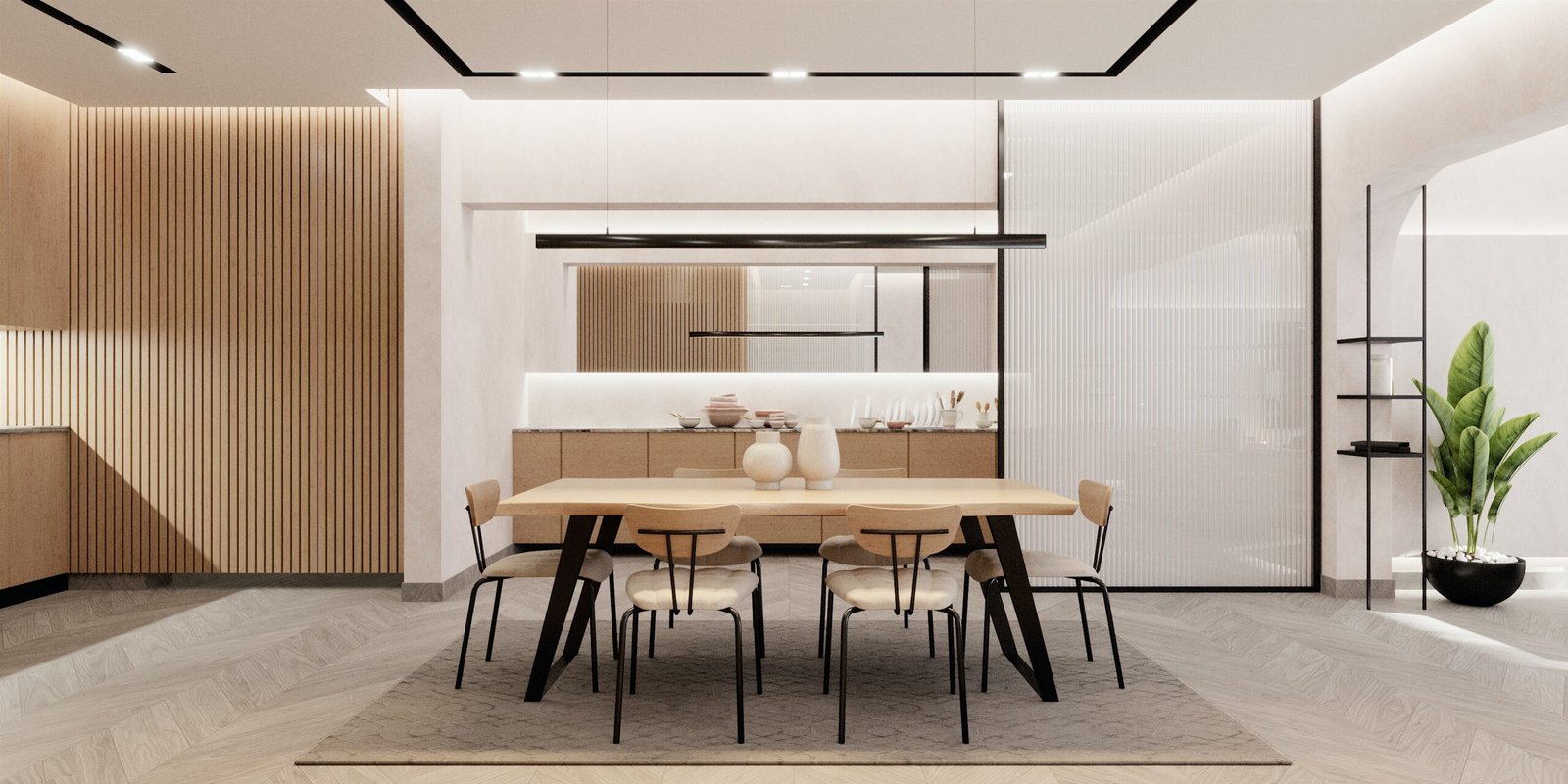
Themes and Concepts
The selected artists will explore various themes and concepts in their commissions. Petrit Halilaj, drawing on his experience as a child refugee during the wars in Kosovo, will meditate on conflict in his Roof Garden installation. Lee Bul, known for her futuristic sculptures and installations, will bring her unique vision to the museum’s facade, addressing the dystopian nature of progress. Tong Yang-Tze, celebrated for her connection between traditional Chinese calligraphy and modern art, will create two new works that feature classical Chinese texts for the Great Hall. These themes and concepts will invite visitors to engage with and contemplate different aspects of the human experience.
Facade Commission: Lee Bul
Lee Bul, a prominent South Korean sculptor, has been commissioned to transform the Met’s facade in September. Lee gained recognition in the 1980s for her performances that challenged restrictions on women’s rights in her country. Her practice evolved into glittering installations and cyborgian sculptures that explore the dystopian nature of progress. The four sculptures she will present on the Met’s facade will be her first major project in the United States since her solo exhibition at the New Museum in 2002. Lee’s futuristic statues will create a visually striking and thought-provoking experience for museum visitors.

Roof Garden Commission: Petrit Halilaj
Petrit Halilaj, a Kosovo-born artist, will take over the museum’s Roof Garden in April. Halilaj’s work is deeply rooted in his biography, reflecting his experience as a child refugee during the brutal wars in Kosovo. For a recent exhibition, he restaged drawings he had completed during that period as massive set pieces. In his Roof Garden installation, Halilaj plans to further explore questions of displacement and history. His work promises to be a meditation on conflict, inviting visitors to reflect on the impact of war and the resilience of the human spirit.
Great Hall Commission: Tong Yang-Tze
Tong Yang-Tze, an artist from Taiwan, will design two new works of calligraphy for the Great Hall in November. At 81 years old, Tong is one of the oldest artists to be commissioned by the museum. Her Chinese calligraphy has gained recognition for its innovative approach that connects the ancient practice with modern art. Tong’s enlarged characters, created with bold brushstrokes, challenge traditional notions of calligraphy and invite viewers to contemplate the size and sweep of her movements. This will be Tong’s first public commission outside of Asia, making it a significant milestone in her illustrious career.
Curator’s Perspective
David Breslin, the curator in charge of the modern and contemporary art department at the Met, emphasizes the importance of art as a form of communication. He believes that art should embed critique while also offering optimism for how we relate to each other. Breslin’s involvement in the facade and Great Hall commissions marks the first projects at the Met under his curatorship. These new commissions hint at Breslin’s intention to continue the tradition of exhibitions that connect art historical threads across continents.
Previous Commissions and Artists
The Met has a rich history of commissioning artists for its exhibitions and installations. Notable previous commissions include installations by Lauren Halsey and Alex Da Corte on the Roof Garden. These diverse and thought-provoking commissions have contributed to the museum’s reputation as a leading institution for contemporary art. The 2024 commissions by Lee Bul, Petrit Halilaj, and Tong Yang-Tze build upon this legacy, introducing new perspectives and pushing boundaries in the art world.
Lee Bul’s Career and Artistic Style
Lee Bul, the sculptor commissioned for the facade project, is considered one of South Korea’s leading artists. She rose to prominence in the 1980s for her performances that denounced restrictions on women’s rights. Throughout her career, Lee’s practice has evolved into glittering installations and cyborgian sculptures that explore the dystopian nature of progress. Her work has been exhibited in Europe and Asia, but the Met commission marks her first major project in the United States in nearly two decades. Lee’s artistic style, characterized by its futuristic aesthetics and social critique, promises to bring a fresh and captivating vision to the museum’s facade.
Tong Yang-Tze’s Background and Calligraphy Practice
Tong Yang-Tze, the artist commissioned for the Great Hall, has an extensive background in calligraphy. Hailing from Taiwan, Tong has become celebrated for her innovative approach that connects the ancient practice of calligraphy with modern art. Her work challenges traditional notions of calligraphy by enlarging characters to epic proportions, creating bold and impactful compositions. Tong’s calligraphy has appeared in various contexts, from perfume bottles to Taiwan’s official passport stamp. The Great Hall commission will be Tong’s first public commission outside of Asia, marking a significant milestone in her career and offering museum visitors a unique and immersive experience with her larger-than-life calligraphy.
In conclusion, the Met’s 2024 art commissions promise to be exceptional and captivating. With the selection of renowned artists like Lee Bul, Petrit Halilaj, and Tong Yang-Tze, the museum is set to showcase contemporary art’s capacity for “earned optimism.” Each artist’s unique perspective, themes, and concepts will contribute to an engaging and thought-provoking experience for visitors. From Lee Bul’s futuristic sculptures on the facade to Tong Yang-Tze’s monumental calligraphy in the Great Hall, these commissions will undoubtedly leave a lasting impression on both art enthusiasts and casual museum-goers alike.

